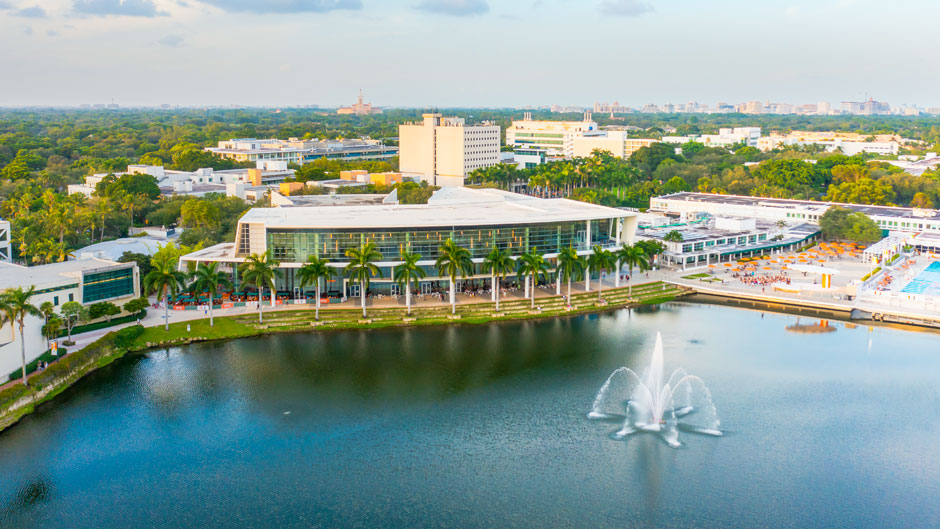On a path to remain deeply committed to reducing its impact on the environment, the University of Miami recently joined the U.S. Environmental Protection Agency’s (EPA) Green Power Partnership program (GPP) for organizations with actions that demonstrate environmental leadership and an effort to increase the use of electricity generated from renewable resources.
For the first time, the University appears as No. 8 on the EPA’s “Top 30 College and University” list of the largest green power users. By using nearly 144 million kilowatt-hours (kWh) of green power annually—which represents 69 percent of its total power needs—the University is proud to be recognized for its innovations and developments.
“Since 2019, when the University decided to join the FPL Solar Together program, we’ve been able to retire renewable energy credits to offset our carbon footprint,” said Jessica Brumley, vice president, facilities operations and planning at the University. “Applying to the Green Power challenge made perfect sense. We are very honored to be listed among other higher education institutions that are equally committed to a more sustainable future.”
The University is also being recognized as No. 89 on the EPA’s National Top 100 List of the largest green power users from the GPP, based on significant achievements in recent years—including installing 18 new level 2 electric vehicle charging stations on its Coral Gables Campus, offering new graduate and undergraduate programs focused on sustainability, and ensuring that new buildings are constructed in a sustainable manner.
By making these sizable advances in the voluntary green power market, the University and other Green Power partners are helping to reduce the negative health impacts of air emissions including those related to ozone, fine particles, acid rain, and regional haze. The choice to use green power aids in advancing the voluntary market for green power, as well as the development of those sources.
The Green Power Partnership program helps increase green power use among U.S. organizations to advance the American market for green power and development of those sources to reduce air pollution and other environmental impacts associated with electricity use.
In 2020, the program included more than 700 partners voluntarily using nearly 70 billion kilowatt-hours of green power annually.
Visit the Green U for more information on the University’s overall sustainability strategy.

